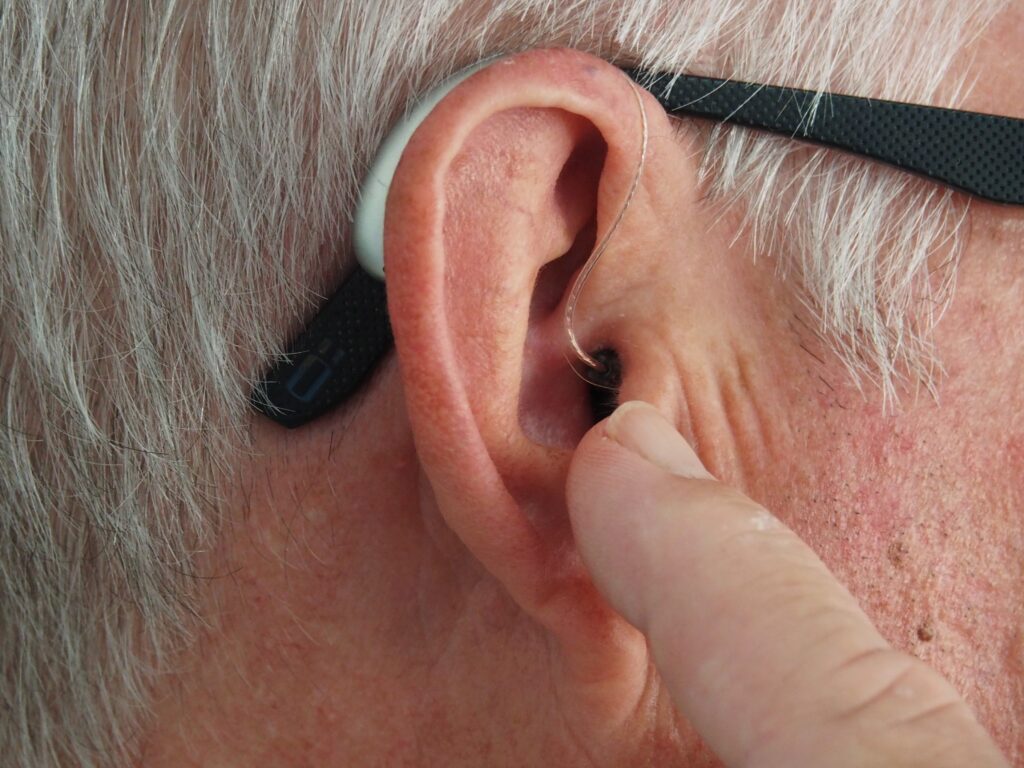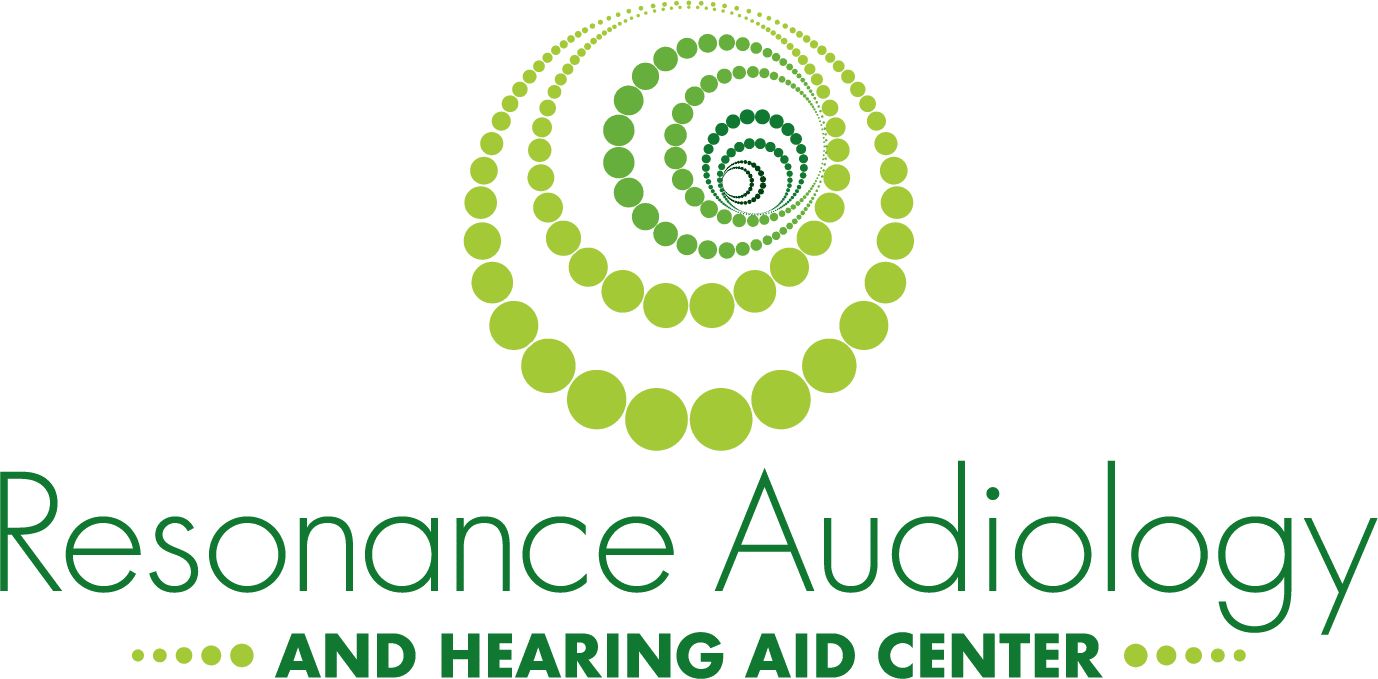How To Clean and Care for My Hearing Aids
Hearing aids have helped millions of people improve their hearing since they were invented in the late 1800s. One of the things that will ensure that they are working as the manufacture intended for as long as possible is to come up with a routine where they cleaned and cared for regularly.

Hearing aids are exposed to things like earwax and moisture as they sit in your ear canal. Over time, these things can cause hearing aids to malfunction and dramatically affect the user’s hearing. Resonance Audiology, located in Lancaster PA, recommends hearing aid products from Widex. Synonymous with quality and technology, Widex is a trusted brand that has been at the forefront of hearing aid products for sixty-five years!
We would like to take some time to go over some of the steps you should take when it comes to cleaning and caring for your hearing aids. Some steps may vary from one model to the next or between different manufacturers, but these basic principles should be constant across the board.
Always consult your owner’s manual or contact your nearest hearing aids center if you are ever unsure.
- You will want to start by brushing any of the small microphone ports on your hearing aid. Your hearing aid may come with a small soft bristle brush that you should use for this. If your hearing aid did not come with one, or you have misplaced it, you can also use a soft-bristle toothbrush. It is probably a good idea to reserve that toothbrush specifically for cleaning your hearing aids. Gently brush any of the microphone ports to clear any debris that may be lodged in them.
- If your hearing aid has a dome on it, carefully remove it. Use light pressure to press down on the dome with your thumb and use your index finger to grip the dome from the bottom and gently pull up to remove it. This will expose the wax guard that may need to be replaced. More on this in a later step.
- Next, you will want to wipe down your hearing aids. There are some wipes that are made specifically for hearing aids or other devices, but if you do not have them, you can also use an alcohol wipe. Wipe down the entire device from top to bottom. If your hearing aid has a dome, you can wipe that down as well.
- The next step is to replace the wax guard or wax filter. If your hearing aid has a dome, the wax guard or filter will be housed underneath that. If your hearing aid has a mold on it, the wax guard or filter will already be exposed. These filters should be replaced at least once a month or as needed. Wax or other debris that clogs the filter will cause a noticeable difference in the performance of the hearing aid. New filters will be on a stick that has a filter on one end and a removal tool on the other. Line up the removal tool with the filter on your hearing aid and use a small amount of pressure to press down. Then pull up on the removal tool and the filter should easily come out. The other side has your new filter. Press it down onto the housing on your hearing aid. If you have a dome, replace it, and you are done!
- One other thing you may want to consider using is a hearing aid dryer. Moisture and humidity can build up in your hearing aid that can damage your hearing aid over time if left unchecked. To assist with mitigating any risk from moisture build-up or humidity, we recommend using the Widex Perfect Dry Lux. The device is very simple to use and will help your hearing aids last as long as possible. You simply open the battery door on your hearing aids, place them in the Perfect Dry Lux, and close the lid. A special UV light helps to sanitize and dry your hearing aids. You can see our instructional video here for more information.
These are all of the basic steps you can take to clean and care for your hearing aids. Of course, if you feel uncomfortable with any of this or if you are experiencing other issues with your hearing aids, come to our center and we would be more than happy to assist you with troubleshooting any problems. We are happy to serve patients of Lancaster PA and the surrounding area.
For a list of our services, click here and contact us today to see how we can help you improve your hearing!
